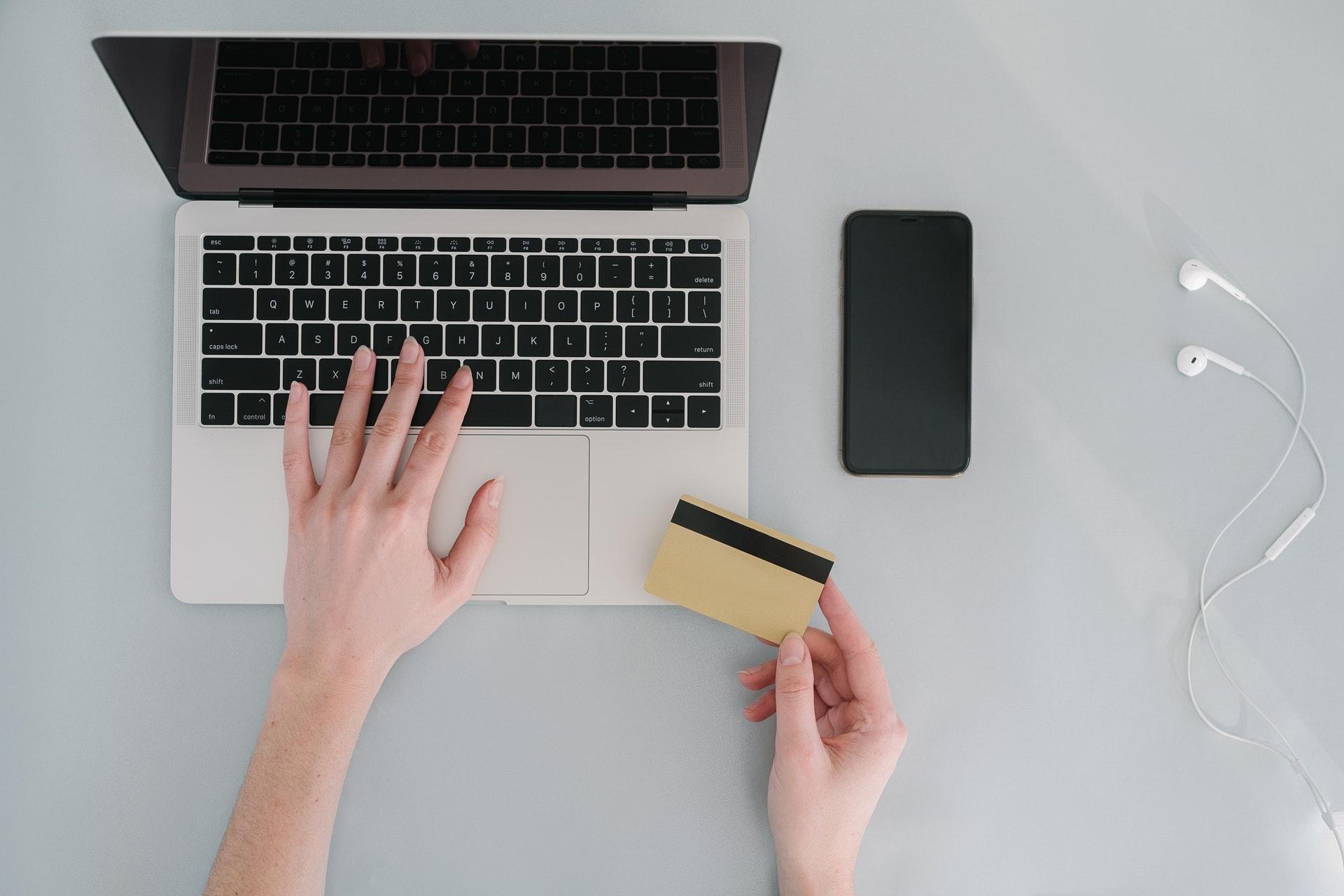When selecting a bank, be it traditional or online, there are several things you should check to ensure that your money will be safe. Yet, online banking requires a few additional precautions that you should follow for a secure banking experience over the Internet.
1. Use caution when choosing a bank. Confirm that the bank is legitimate; and if you plan on banking with a U.S. institution, make sure that your deposits are insured by the Federal Deposit Insurance Corporation (FDIC). Look for the FDIC logo or the words “Member FDIC.”
2. Never use a public or shared computer for your banking transactions. Make sure that the network you are using is also secure.
3. When you log onto a bank website, look at the URL to make sure it is the same as the bank’s name. A more secure URL will begin with “https://” and be followed by the bank name. There are fraudulent websites that will use very similar names in an attempt to fool you. (This is called “Phishing” – a play on words. The criminals are “fishing” for your personal information.)
4. Make sure your computer’s firewall is enabled.
5. Use reliable, strong Internet security software such as Trend Micro™ Titanium™ that will protect you against viruses and other malware like spyware and Trojan horses. Malware can allow cyber criminals access to your computer by recording and sending out keystrokes. This means that your passwords, account and credit card numbers, Social Security numbers, and other private information could end up in the hands of identity thieves.
6. Use a secure, unique password and user name for each account. The password should have a mix of upper and lower case letters and numbers.
7. Keep your personal information private. Don’t share it and do keep it secure.
8. Your bank will not send you an email asking personal information. Do not respond to any email asking for information or click on any links in such emails. If you want confirmation as to whether it is legitimate, call your bank directly. Scammers might provide a faux number to call. Be smart and look up the bank’s number yourself.
9. If your computer is acting odd, reacting slowly, or getting lots of pop-ups, don’t use it for banking. It may have some type of malware that could be a security risk.
10. When viewing and completing the login page for your online bank, look out for any unusual questions – and watch for requests for more information than you usually supply. “Form Field Injection” is a technique used by certain malware, where it inserts extra fields into an otherwise legitimate login page.
Online banking can be convenient and safe. Just make sure you follow these steps to help ensure that your information and funds kept secure.
0 Comments
Other Topics
